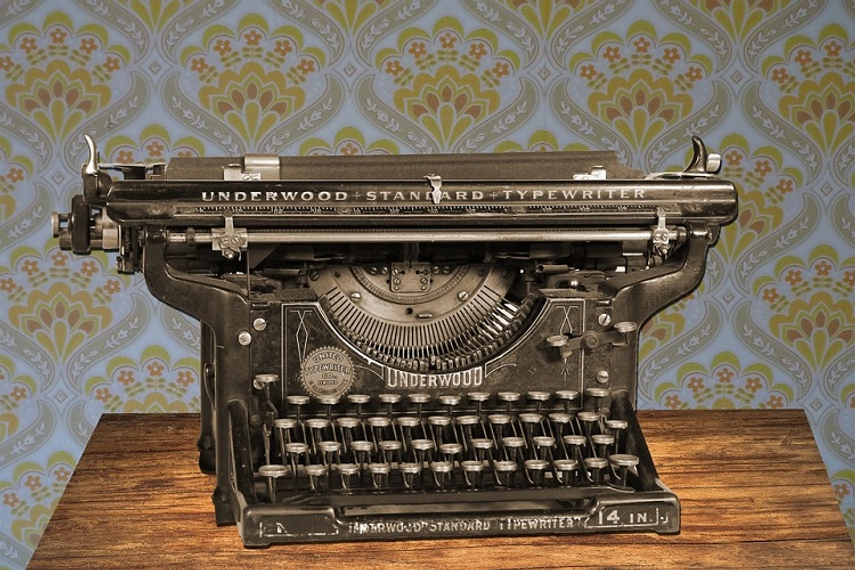One of the most popular shows on Netflix recently has been the sci fi thriller, ‘Stranger Things.’
A show that successfully transports us back to the simpler, IRL over URL era of the 80s. Being a big fan of the show, recently I came across an article which talked about how board games like ‘Dungeons and Dragons’ are regaining popularity after being showcased on the show. Now, this game has been around for over four decades and long forgotten with the rampage of X Box, PlayStations and the likes. So, a comeback seems fairly odd, right?
The primary focus of marketers everywhere today is one species – millennials/Gen Z/centennials or
whatever the new term for them is. And they’ve managed to dig their noses deep into what would really connect with these consumers today. Studies show that when it comes to brand interactions, an increasing desire to associate and purchase brands that are ‘authentic’, have a ‘sense of purpose’ and are wildly ‘differentiated’ perfectly describes every millennial’s choices.
However, a strong nostalgia game oozing with warmth, unbridled joy of sweet memories and fuzzy feelings, has managed to create a sentimental yearning amongst consumers and automatically bypass each of the above-mentioned criteria they hold up against every brand.
Hence, the two questions that come to mind are the following:
a) Is nostalgia a growing trend among brands and consequently millennials?
b) If so, why?
Blast from the past: Nostalgia in pop culture
Saregama Caravan contemporizes the transistor radio appealing to 40 plus year olds. Bell bottom jeans, Velvet Chokers, Fuller House, Will & Grace, Remix of Laila Main Laila and Disco Deewane, Judwaa 2, Jurassic World, Jungle Book, Jumanji 2, Tomb Raider, even some of our Instagram filters… the list is endless. Clearly, the trend is here to stay.
Our world has gone from analogue to digital – therefore, why is it that board games (or role-playing
games like D&D), physical books and vinyl records have started to make a comeback?
Why a game like D&D would gain popularity with people in their 40s and 50s is fairly obvious – after
all, they grew up playing the game and it brings back happy memories for them. However, my biggest curiosity arises from one thing that I must highlight, bold and underline:
Why is the youth buying into nostalgia? The never even grew up with it!
They’ve never seen or heard of a game that’s not digitised.
They don’t understand the throwback of Tan Tana Tan in Judwaa 2 or Alan Parrish’s reference in the new Jumanji – Welcome to the Jungle.
They’ve never heard or danced to the tunes of the original Humma Humma and Tamma Tamma.
Then, how does nostalgia work with a generation that wasn’t present to witness the above-mentioned examples? How is the ‘tomorrow’ generation buying into ‘yesterday’?
How are marketers and brands connecting things of yesteryears to build resonance with today’s
generation? How are they even able to fit in the word ‘resonance’ here? What does throwing it back to the ‘good ol’ days’ even mean to this species who have never even seen the ‘good ol’ days’ to begin with? Especially when the only world they’ve ever known is of Spotify, Amazon and Netflix? To satiate our curiosity, we had to get to the bottom of this. There are various reasons for why nostalgia could possibly be working with the millennials:
Nostalgia is individualism: Milleans just want to be cool.
In a world where millennials are constantly trying to be different and up their unique-game, vinyl records fit in perfectly. They know the world around them is obsessed with living the techno-life so adopting anything old school and vintage just makes them stand out. A vinyl record is a great way to gain social currency within the SoundCloud using peer group.
Nostalgia is curiosity: Millennials are fascinated with time travel.
I remember how I felt when I found my grandfather’s typewriter. I couldn’t imagine a time growing up typing on it since I grew up with emails and texting. However, a life like that fascinated me enough to feel like an explorer and understand how the typewriter worked. The idea of a different life and a different generation growing up under vastly different circumstances is just bizarre for the youth today – and thus endlessly fascinating.
Nostalgia isn't nostalgia: It's not even retro, it's just new!
Let’s take the example of a remixed old song again.
On one hand, people in their late 30s/40s/50s will naturally feel nostalgic towards the song.
But, for the millennials it’s just brand-new content. They like the song without any baggage attached to it because they treat it as completely afresh. The youth today is constantly craving new content, and this is an easy way to fulfil their hunger.
Marketers win-win. Two birds with one stone.
We may look at these theories from any lens, but for marketers it’s a win-win situation. What works as nostalgia for one, works as new on the block (or unique) for the other. The older generation will flock towards anything nostalgic, but nostalgia isn’t even nostalgia for the youth of today.
They don’t care which era a certain trend is from, but what matters most is what it can represent for them today – freshness in a world of homogeneity, something tangible in a world drowning in digital.
 (The author is a strategic planner at Rediffusion.)
(The author is a strategic planner at Rediffusion.)

 (The author is a strategic planner at Rediffusion.)
(The author is a strategic planner at Rediffusion.) 
 (The author is a strategic planner at Rediffusion.)
(The author is a strategic planner at Rediffusion.)